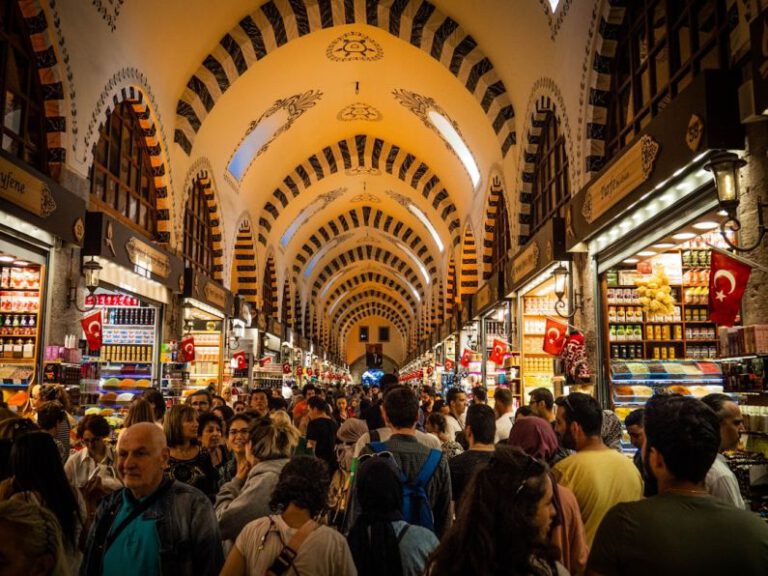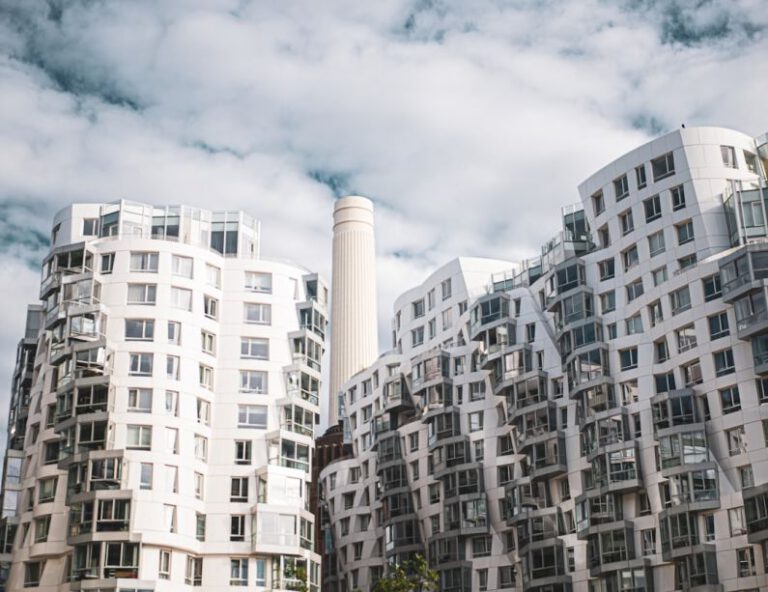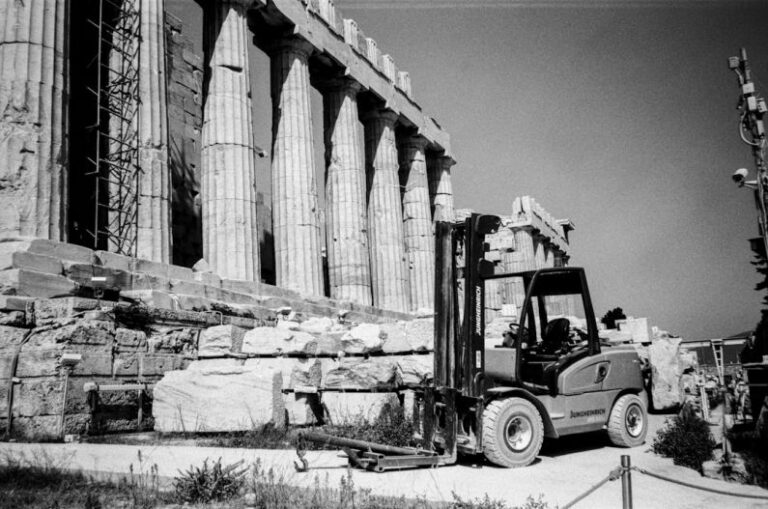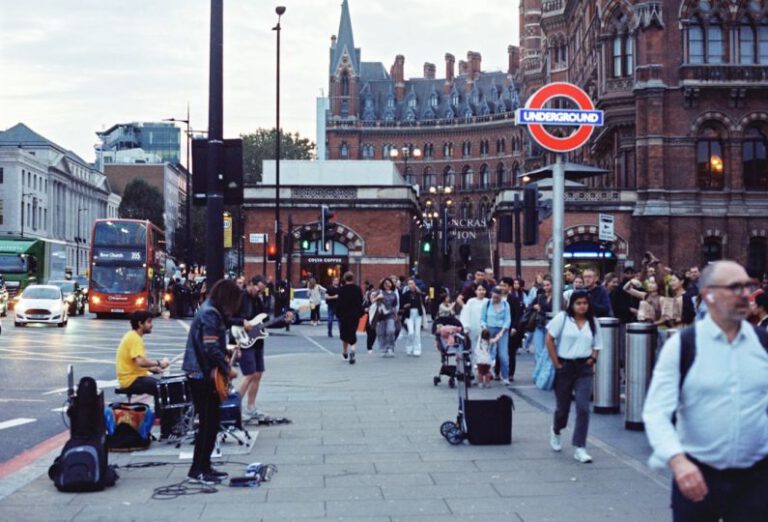From Ruins to Resplendence: the Restoration of Warsaw’s Old Town
Warsaw, the capital city of Poland, is a place where history and modernity intertwine seamlessly. One of the most remarkable examples of this harmonious blend is the restoration of Warsaw’s Old Town. Once reduced to rubble during World War II, this historic district has risen from the ashes to become a symbol of resilience and beauty.
**A Testament to Tragedy and Triumph**
The story of Warsaw’s Old Town is a testament to the enduring spirit of its people. During World War II, the city was subjected to intense bombings and a brutal occupation. The Old Town, with its cobblestone streets and historic buildings, bore the brunt of the destruction. By the end of the war, over 85% of the district lay in ruins, its architectural treasures reduced to rubble.
**A Bold Vision**
In the aftermath of the war, the people of Warsaw faced a daunting task: rebuilding their city from scratch. The reconstruction of the Old Town was a monumental undertaking that required vision, determination, and unwavering commitment. Led by a team of dedicated architects, historians, and craftsmen, the restoration project aimed not only to recreate the physical structures of the past but also to preserve the spirit and character of the Old Town.
**Meticulous Reconstruction**
The process of rebuilding the Old Town was marked by meticulous attention to detail. Using archival photographs, drawings, and historical documents, architects painstakingly recreated the facades of the buildings, ensuring that every stone and ornament was faithful to the original design. Skilled craftsmen were brought in to replicate the intricate woodwork, stucco decorations, and wrought-iron elements that adorned the historic structures.
**Preserving the Past**
While the restoration of Warsaw’s Old Town aimed to recreate the look and feel of the pre-war district, it also sought to preserve the scars of history. Some buildings were intentionally left partially in ruins, serving as poignant reminders of the devastation that had befallen the city. These “symbolic ruins” stand as a testament to the resilience of the people of Warsaw and the enduring legacy of the past.
**A Living Heritage**
Today, Warsaw’s Old Town stands as a living heritage site, attracting visitors from around the world who come to marvel at its beauty and history. The cobblestone streets are filled with cafes, shops, and galleries, breathing new life into the ancient thoroughfares. The historic buildings, with their colorful facades and ornate decorations, serve as a backdrop for cultural events, festivals, and celebrations that take place throughout the year.
**Renewed Splendor**
The restoration of Warsaw’s Old Town has not only preserved a piece of the city’s past but has also breathed new life into its present. The district, once a symbol of destruction and despair, now shines with renewed splendor, a beacon of hope and resilience. Walking through its streets, one cannot help but be awed by the beauty that rises majestically from the ruins, a testament to the enduring spirit of a city that refused to be defeated.
**In Conclusion: A Triumph of the Human Spirit**
The restoration of Warsaw’s Old Town is more than just a physical reconstruction; it is a triumph of the human spirit over adversity. It is a reminder that even in the face of unimaginable destruction, beauty can rise from the ashes, and history can be preserved for future generations to cherish and learn from. Warsaw’s Old Town stands as a living testament to the resilience, determination, and unwavering spirit of its people, a beacon of hope and inspiration for all who visit its storied streets.






